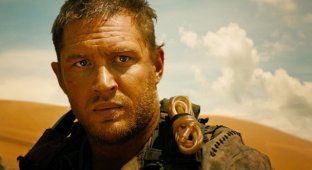17 Little-Known Facts About Mad Max: Fury Road (18 Photos)
The reboot of the franchise by George Miller, who invented Mad Max in 1979, is charged with an energy that has not been seen in any blockbuster of the last decade. Fury Road didn't just resurrect old Mad Max stories on a technological level. She found herself at the epicenter of today's fears of the onset of a new Middle Ages, barbarism and religious fanaticism. 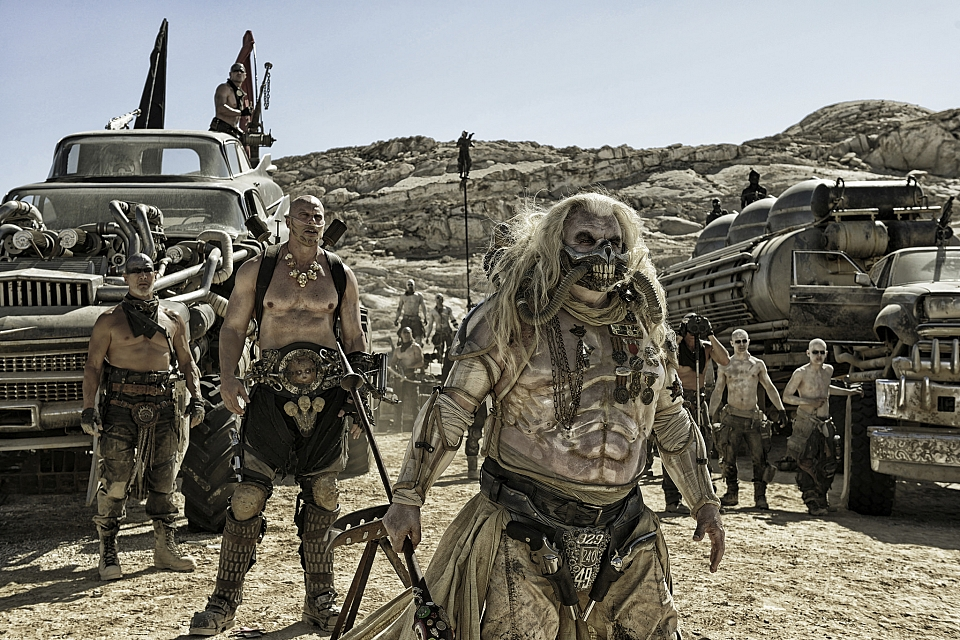
George Miller came up with the idea for the film in an instant 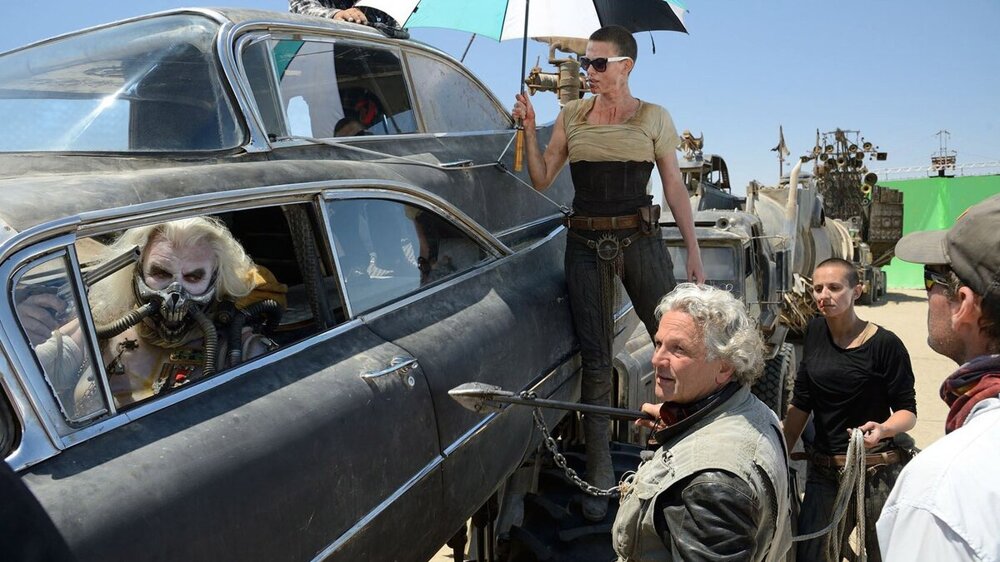
After Byron Kennedy, one of the creators of the Mad Max trilogy, passed away, George Miller decided to move away from his famous character. A few years later, while crossing the road on a busy street, he came up with the idea of a sequel in which Max would be constantly chased, but after a few seconds he decided to forget about it, since then he was suing Warner Bros and could not, yes and didn’t want to make a new film about Max Rockatansky.
3,500 frames were created before filming 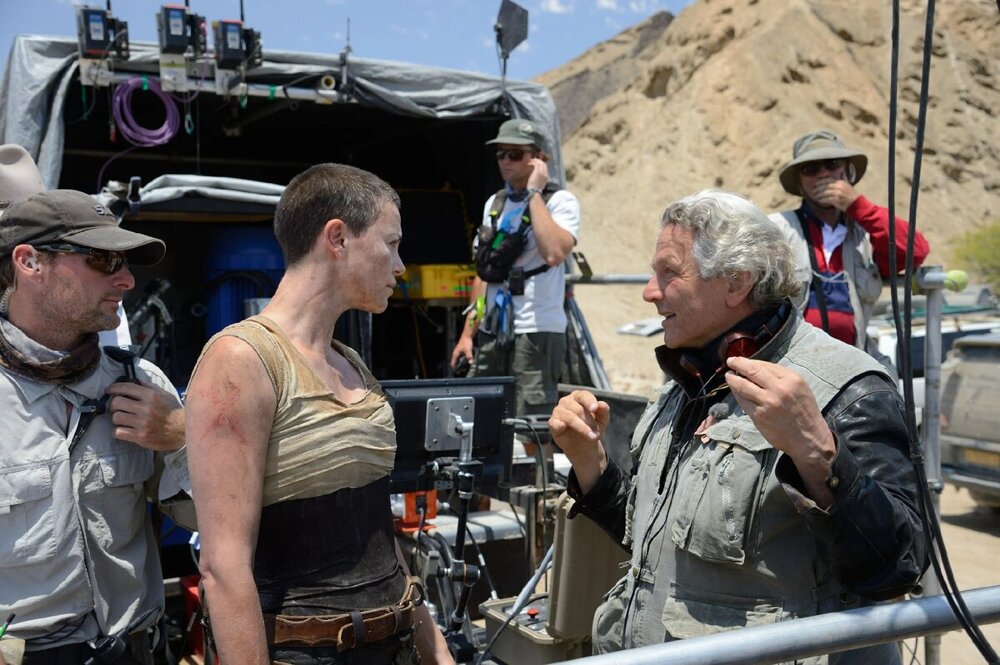
Before the actual production of each film begins, the filmmakers go through a storyboarding phase, during which they draw frames of the most important and striking events from the draft script or even before its creation begins. About 3,500 frames were drawn for Mad Max: Fury Road, which is not surprising, since George Miller wanted to create a film with almost no dialogue and an overabundance of action.
The first production started in the early 2000s 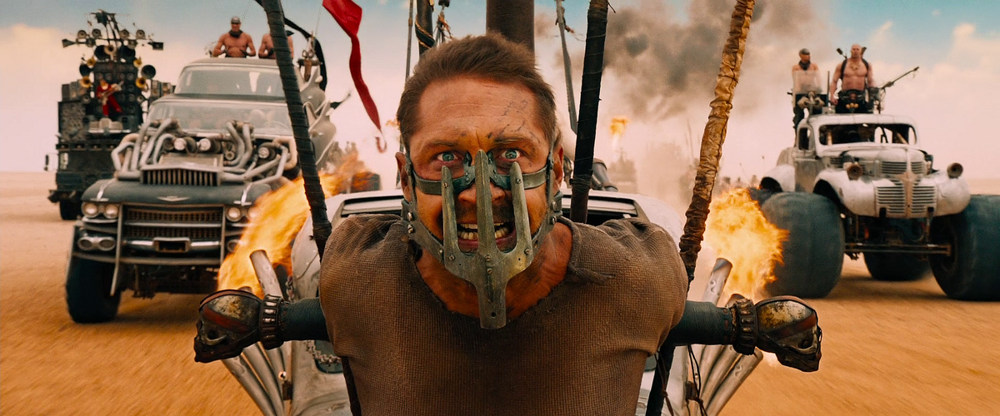
Mad Max: Fury Road went through what was known as production hell, which began in the early 2000s. Initially, George Miller wanted to make a film with Mel Gibson, who played Max in three previous films, and Sigourney Weaver, known for the Alien film series. Sigourney's role was unnamed at the time, but it later became known that it was supposed to be Furiosa, who was played by Charlize Theron in Fury Road. Filming was about to start in the second half of 2001, but the September events canceled everything out. Moreover, the American dollar had collapsed against the Australian dollar, causing the budget to skyrocket as Miller planned to film in Australia. After this, there was a long pause in production, which was interrupted in the late 2000s.
George Miller turned down Mel Gibson's candidacy in 2006 
The role of Max Rockatansky was not just a breakthrough for Mel Gibson, but a debut in his career. It was she who laid the foundation for his rich filmography, and it was impossible to imagine anyone else in the role of Max in the 90s and 2000s. However, in 2006, George Miller admitted that he was considering the possibility of making the next Mad Max without Mel, and a year later he added that Gibson was too old and busy with other projects.
The role of Max could be played by Heath Ledger, Jeremy Renner, Armie Hammer or others 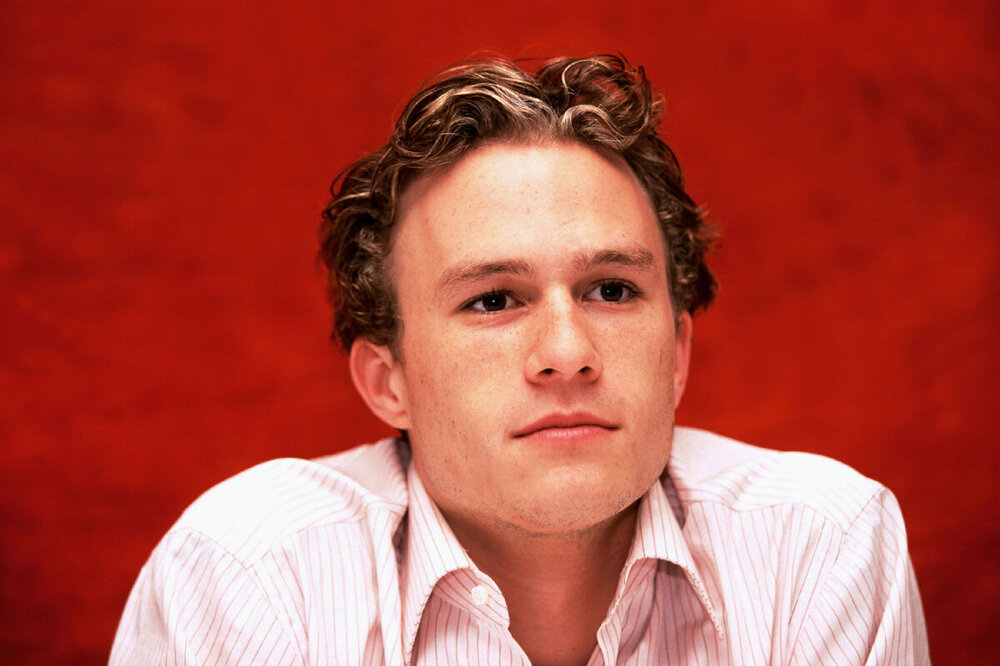
At different times, various actors were considered for the role of Max instead of Mel Gibson. For example, back in 2003 there was serious talk about Heath Ledger, but it came to nothing. George Miller also subsequently considered Michael Fassbender, Jeremy Renner, Eminem and Armie Hammer. Tom Hardy was eventually cast in 2010.
Charlize Theron shaved her head for the role 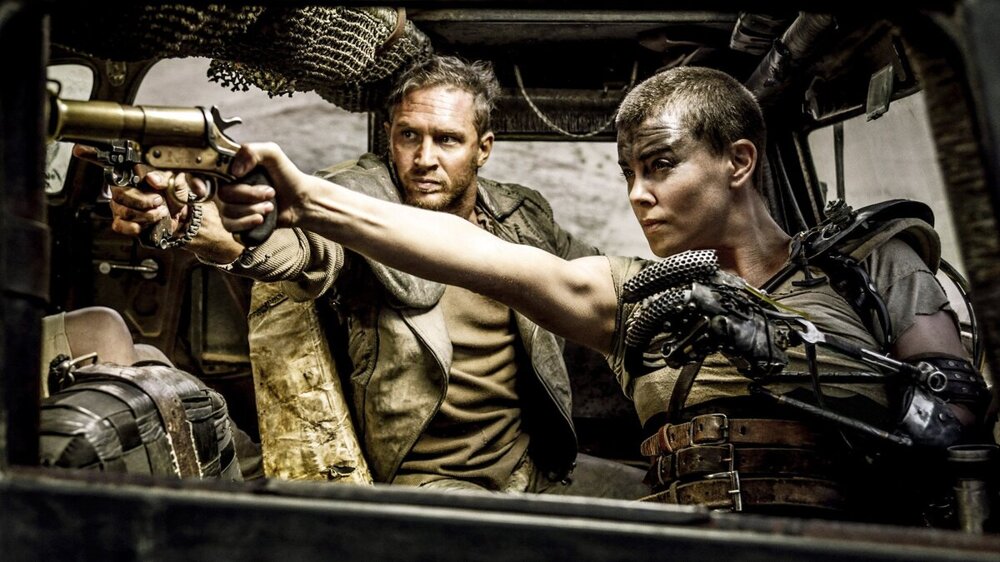
Charlize Theron has always been famous for her physical transformations into her own heroines. The most memorable examples include the films “Monster” and “Tully.” And for Mad Max: Fury Road, she did the worst thing for any girl: she cut off her hair completely.
Filming moved from Australia to Namibia, but other countries were also considered 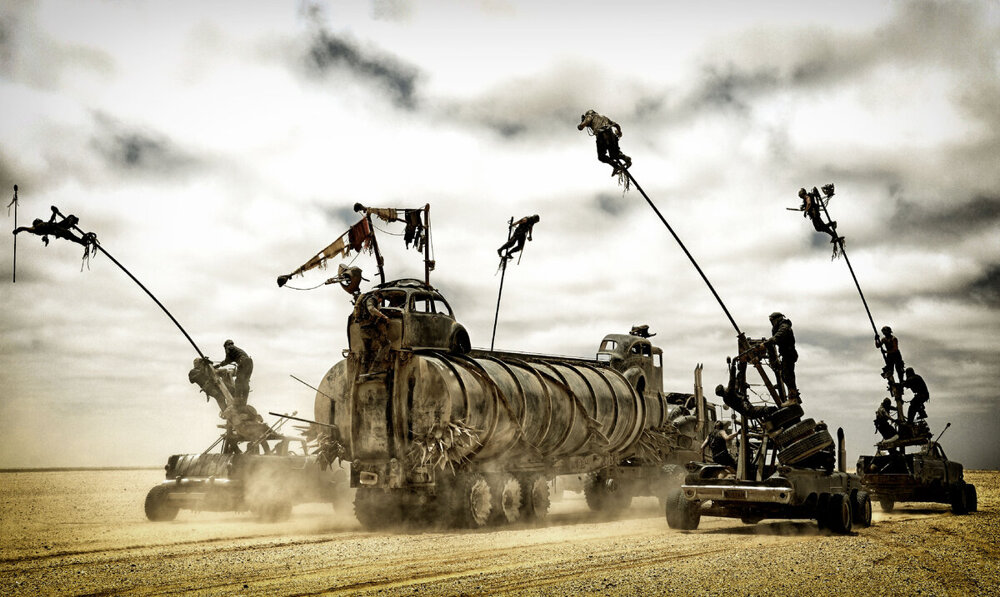
As usual, George Miller wanted to film the next Mad Max in Australia. He practically did not consider production in any other way. But nature intervened and directly told Miller that he needed to find another place. Filming was supposed to begin in November 2010, but then heavy rain fell in the Broken Hill desert area, whichled to the fact that real “jungles” grew up in the desert. Soon after, the director began looking for other locations and, given the choice between Chile, Tunisia, Azerbaijan and Namibia, chose the latter. Namibia, by the way, was supposed to be the location for the filming of Mad Max back in 2001, however, 9 years later Miller decided to return to Australia.
Almost the entire film was created using practical effects 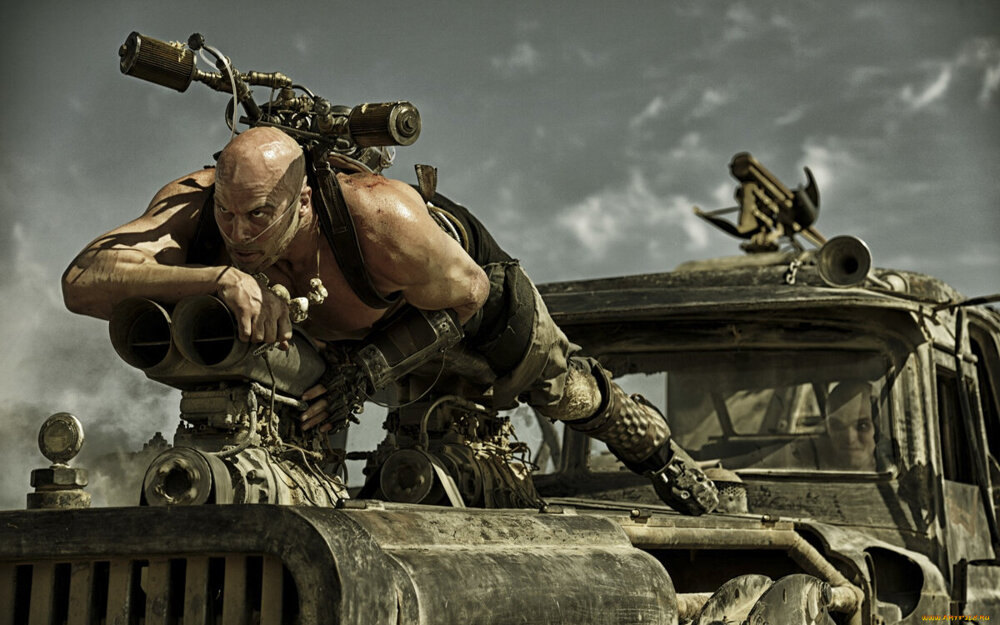
Because of the crazy scenes, it may seem that the film is dominated by computer graphics, but this is not the case at all. According to George Miller, 90% of the effects in the film are not visual, but practical, that is, the fire, dust, cars and many of the landscapes in the film are real. Most of the 10% of the graphics are adjusting the landscape, replacing day with night, adding extras and some cars, “playing” with weather conditions and the absence of Furiosa’s hand.
George Miller hired his wife to edit the film 
Instead of hiring a well-known editor with a huge body of work, George Miller brought in his wife, who had experience with only two short films, two documentaries and one feature. As it turned out, George's choice was extremely correct, since Margaret Sixel was awarded many awards for her efforts. When asked why Miller chose her, he replied that a male editor would have edited an ordinary action film, and she could do something more.
Tom Hardy tactfully explained to his female colleagues that they had a little problem 
The actresses who played Joe's wives had to perform in clothes that were very unreliable in the post-apocalypse, and kept falling off. In the film, of course, this is not noticeable, but on the set this happened more than once. Fortunately for the actresses, Tom Hardy was always nearby, who did not bury his head in the sand, but tried to tactfully explain to them as soon as possible that one of them had a cape that had slipped, but he did it in an unusual way. According to Rosie Huntington-Whiteley, they knew they needed to tighten their clothes when Tom Hardy suddenly began to look at one of them and silently visibly bulged his eyes, rather than talking about it so that no one would pay attention.
Fury Road became the first film in the series to be nominated for an Oscar. 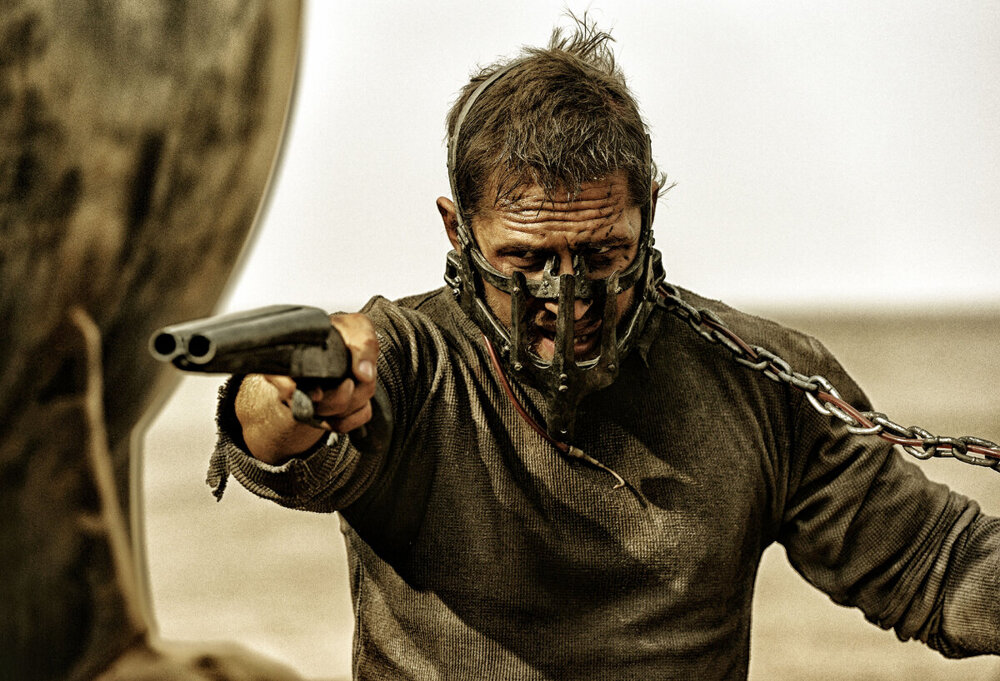
George Miller's trilogy has become a cult classic. The first film, with a modest budget of 300 thousand dollars, earned more than 100 million. The next two films were also well received, but lagged behind in terms of box office receipts. Despite this success, none of the first three Mad Max films were even nominated for an Oscar. They were nominated for the Golden Globe, the Saturn and several other awards, but not the Oscar. “Fury Road” was a pioneer in this sense, and it was not only nominated, but earned 6 awards out of 10 nominations.
Actors criticized George Miller for what he did 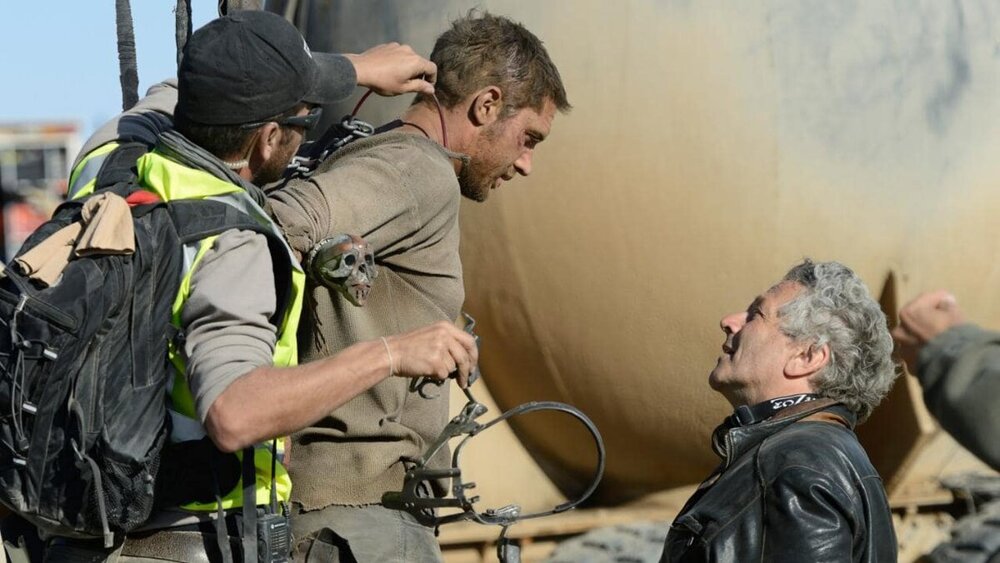
Due to the fact that almost the entire film is an endless stream of action, it is not surprising that the actors did not understand what they were doing. Both Tom Hardy and Charlize Theron at different times admitted that they criticized George, asked him what he was doing and what they were doing in general. They only apologized for their unprofessional behavior when the film was released and they saw what George wanted to show. Considering that they managed to film 480 hours of material, it’s a stretch to understand their behavior.
Tom Hardy and Charlize Theron hated each other 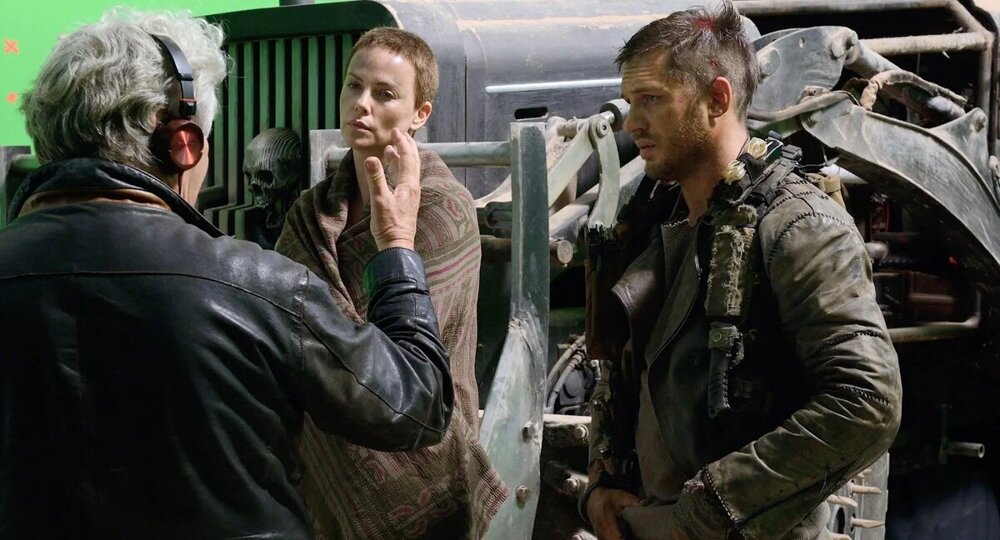
Many filmmakers know the facts about Tom Hardy’s terrible behavior on the set of his films and TV series. He conflicts with everyone, is late for filming and does a lot of other things that many people don’t like. The same thing happened during the filming of Mad Max: Fury Road. This infuriated Charlize Theron so much that she began to insult Tom Hardy in response, and one day they even almost came to blows. Everything was aggravated by the fact that the filming took place in the heat, which once reached 54 degrees Celsius. Their conflict subsided only after filming ended. When the actors cooled down, they mutually apologized to each other, laughed about it and tried not to cross paths again, because there was still an unpleasant aftertaste.
The producers tried to convince George Miller to make a bright film 
“The Road”, “Snowpiercer”, “Mad Max: Fury Road”, “Judge Dredd 3D”, “The Book of Eli” - these are films that are united by one genre - post-apocalypse. But, if you try to name the film that stands out from all of them, then “Fury Road” involuntarily begins to come to mind, and this is not just so, because this film has more bright colors than all the others on the list combined. Colorfulness was one of George Miller's main requirements. He wanted to create the most colorful and beautiful film possible, but the producers explained to him that this would scare off the viewer, who was used to watching pictures in gray tones. In the end, Miller pushed through his point of view and made the film the way he wanted. True, he later called the black and white version of the picture the best.
Two couples formed on the set 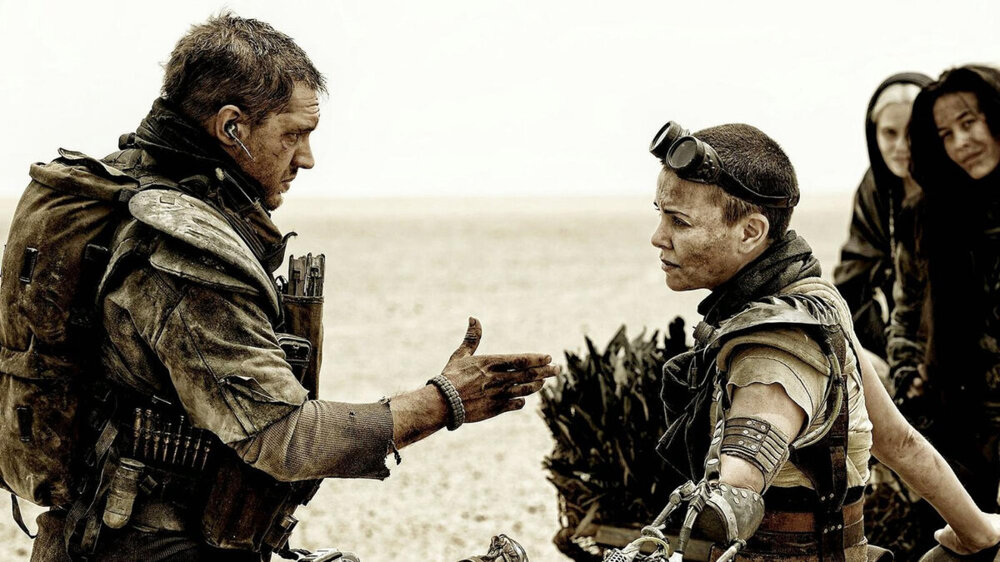
While Charlize Theron and Tom Hardy endlessly clashed on the set, their stuntmen, Dayna Porter and Dane Grant, fell in love with each other and said in an interview that they could not help it, since they were often in close contact and played scenes in the spirit of from “hate to love is one step.” At the same time, Dayna and Dane were not the only couple formed. Stuntman Ben Smith-Petersen and actress Riley Keough, who played one of Immortan Joe's wives, also became a couple during filming and married shortly after the film's premiere.
They had a real flamethrower guitar 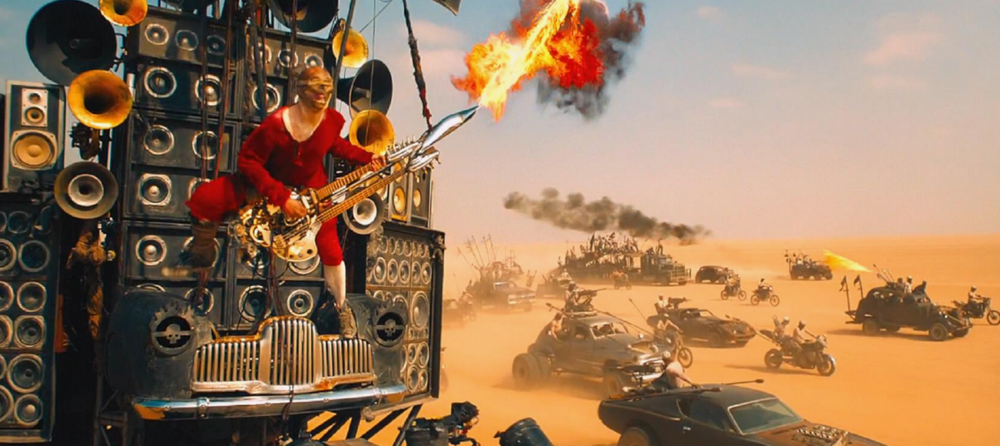
One of the most memorable moments in the film is the appearance of a guitarist who plays a guitar that spits fire. And this moment is further proof that George Miller seemed to be trying to implement as many details as possible in the film using practical effects. The fire that came out of the guitar was actually real, and the entire structure that the iOTA musician was holding weighed 59 kilograms. Production designer Colin Gibson spoke on this topic. He admitted that he used to make ordinary props for George, but in this film he began asking him to make all these props really work.
Filming one scene took 138 days 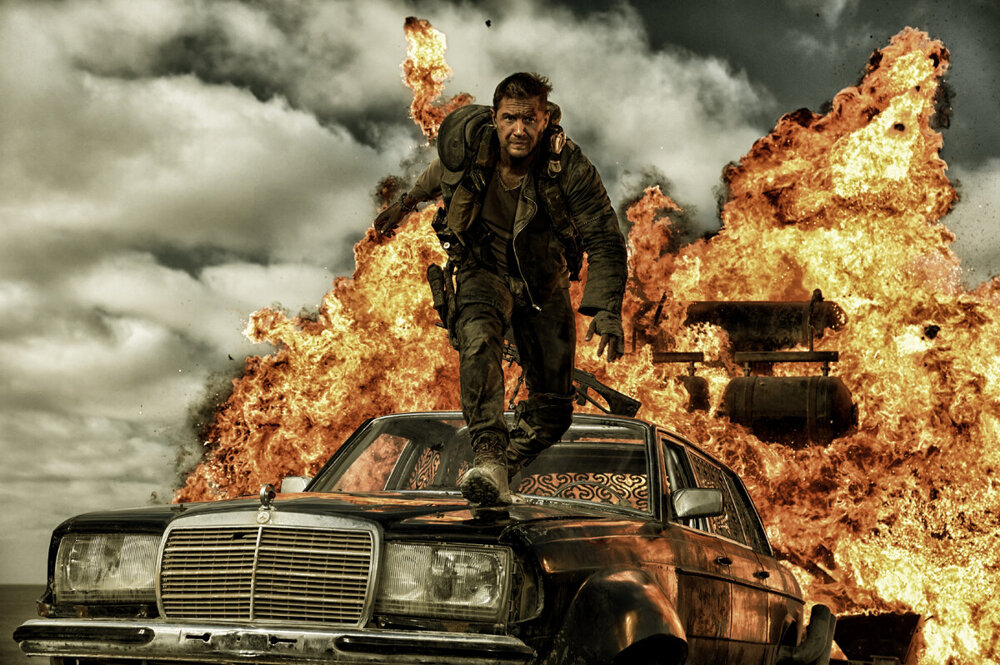
We can say that almost the entire film is one scene in which Max, Furiosa and Joe's wives are trying to hide from his warriors. To avoid confusion, George Miller shot the entire film sequentially, that is, there was no such practice that he shot the finale on the first day, the 35th frame the next day, and the 36th frame only two months later. All filming was carried out according to the chronology of the film, but this simplified the situation only for Miller, since the entire film was in his head, and he knew at what moment they stopped, what moment would be next and what would happen after that. True, all the other people did not understand anything, for whom even sequential filming seemed non-linear, abrupt and meaningless.












